10 Things That You Need To Take Care of Before Starting a Photo Project
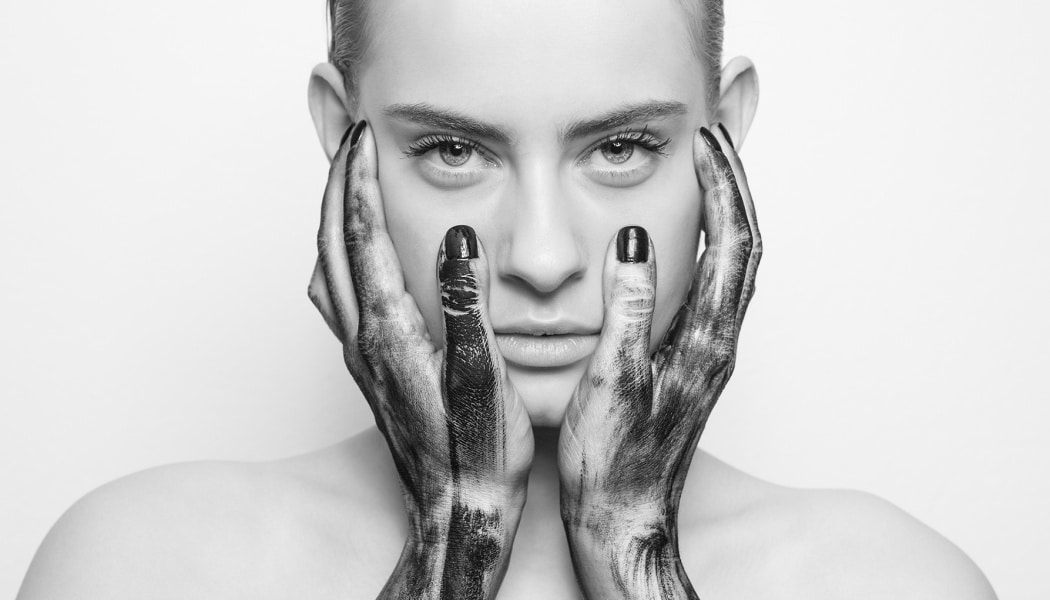
Solo exhibitions are the dream of almost every photographer. However, there’s a lot of hard work to be done before you can throw that fancy opening party! Putting together an artistic project like this takes much more time than you’d think. Let’s take a look together at the difficulties you might run into when setting up a photo project—and at some things that you shouldn’t forget when planning it.
Don’t think that you can just think up a theme in ten minutes, jot down some notes, take the pictures and be done! If you want your project to really make sense and to have good production quality, reserve time for it. We’ve compiled a checklist for you of the absolute musts for every photo project.
The 10 must-dos for every successful photographic project:
- have an idea
- assemble a production team
- find shooting locations
- borrow or arrange equipment
- design and create styling
- take care of the model’s make-up
- arrange props
- set a shoot date
- arrange catering
- promote the project once it’s done
-
What Do You Want to Shoot and Why?
Thinking up a theme is usually very easy and yet also very hard at the same time! If just reading this has put two ideas floating in your mind, then you know just what I mean. But apart from knowing what to shoot, you also need to know where, how, and when. Write it all down so you won’t forget anything. If you find a good theme that has a deeper idea behind it and that speaks to others, that will make your project’s execution far easier.
It’s far easier to approach and take on people for your production team when you’ve decided what you want to shoot, described your subject, and perhaps even created a storyboard. And believe me, the more helping hands you get on big projects, the better.
2. Assemble a Production Team
You need to stop thinking you can handle everything yourself, from styling the outfits, through doing the make-up, on to holding the lights and reflectors. It’s not that you can’t do all this, but you should be focusing on just one thing: perfectly taken photos. If each person concentrates on just one task and does it perfectly, then the whole shoot will be perfect.
It’s extremely important to find the right people for your team. You want people who are not only good as professionals, but also good as people that you want to hang around with and work with. And since you’ve already picked an interesting theme (see above), you’ll find lots of highly skilled people who are just starting out and would be happy to help you take the best photos possible. Maybe even for free.
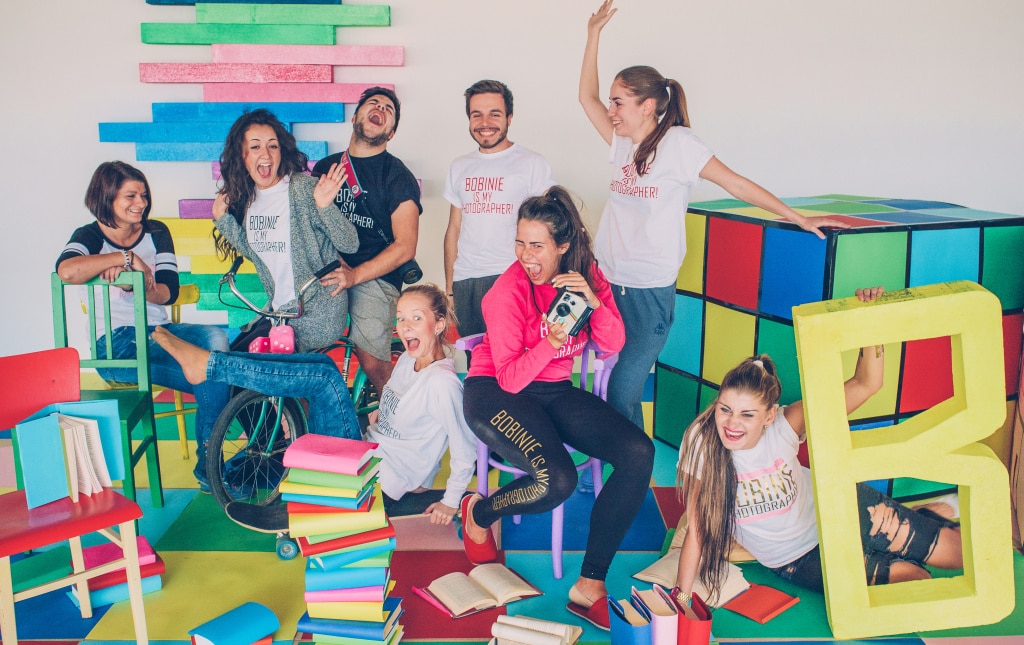
One time I reached out to a model who had a contract that legally tied her to a specific agency. She liked my project so much that she arranged a contract exception just to be able to pose for it, without getting paid.
Now we’ll elaborate more on what the staff roles are on a big shoot. It’s good to first meet up with each team member and present the project to them, assign their role, and explain what exactly they’re going to be taking care of during the shoot:
- Production assistant: the person in charge of making sure you’re on schedule. They’re also the one running around distributing information from you to the other members of the team and vice versa, so that crew members don’t have to approach you separately. For example, they check if all the models are ready to go shoot, and tell people when to be there at the site.
- Assistants: these are always needed. Whether it’s for helping carry heavy equipment, setting up props, or entertaining the models while the location is being set up, a helping hand always comes in handy. You have the advantage here that most men will gladly accept a job involving photo shoots with beautiful models.
- The make-up artist and hair stylist: the people that will do your models’ hair and make-up. They’re a must on your team. They need to know exactly what style you’re looking for and what the final outcome should look like.
- The backstage photographer: an equally important part of the team. They document the creation of the project. We’ll look more into their role later.
3. Where Will You Shoot?
If you’re planning to do the project outside, don’t forget to check the location at the same time of day as your shoot will be. That way you’ll see its natural lighting, so that you can figure out what additional lighting equipment to bring, and whether you’ll have to edit out overexposed spots later. Then all that’s left is to pray that the weather on the day of the shoot will be how you want it.
If you’re shooting outside and you don’t have access to a generator, you’ll need some power source to plug in to. You’ll also need to have a Plan B in case of rain or strong winds. Try to arrange a substitute location you can move over to if there’s bad weather, so that you won’t have to completely cancel the shoot for the day.
4. What Equipment Will You Use?
Thanks to your storyboard, you know what lighting you want for your photos. If you don’t have your own flashes, you can borrow them from a friend or buy them from a photo store. During the shoot itself, try to put someone experienced on the job of lighting, so that you have some high-quality assistance here.
You can also use extra equipment for different special effects like fog, rain, fire, and artificial snow. However, you’ll have to work with specialists for these. There’s no point in taking risks when you’re working with fire or smoke or nitrogen.

5. The Clothes Make the Man—Even in Pictures
Your model’s clothing is very important. Clothing is a superb way to express your project’s ideas. A good stylist will coordinate great outfits for your models. But then, I’m a person who will gladly create their own outfits for their shoots. If you think you’ve got what it takes, give it a try too.
It’s also important to keep your models’ comfort in mind when you’re out shooting in the cold or in high temperatures. For example, if you’ve decided to shoot nighttime swimsuit photos in April, don’t forget to warm your models up with a cup of tea in between shots and prepare warm bathrobes for them!
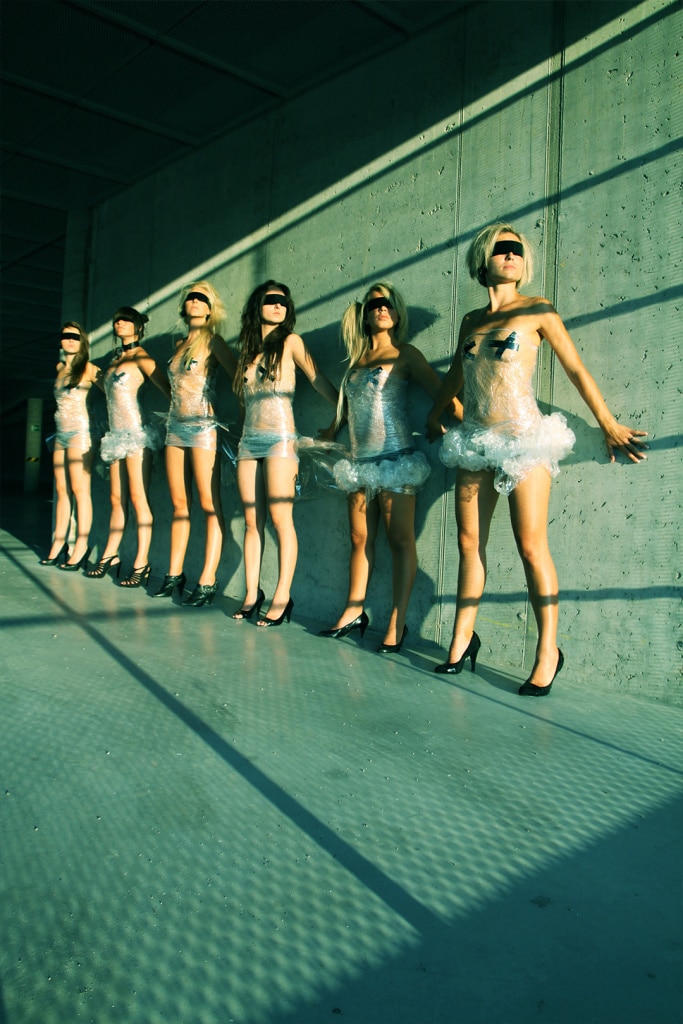
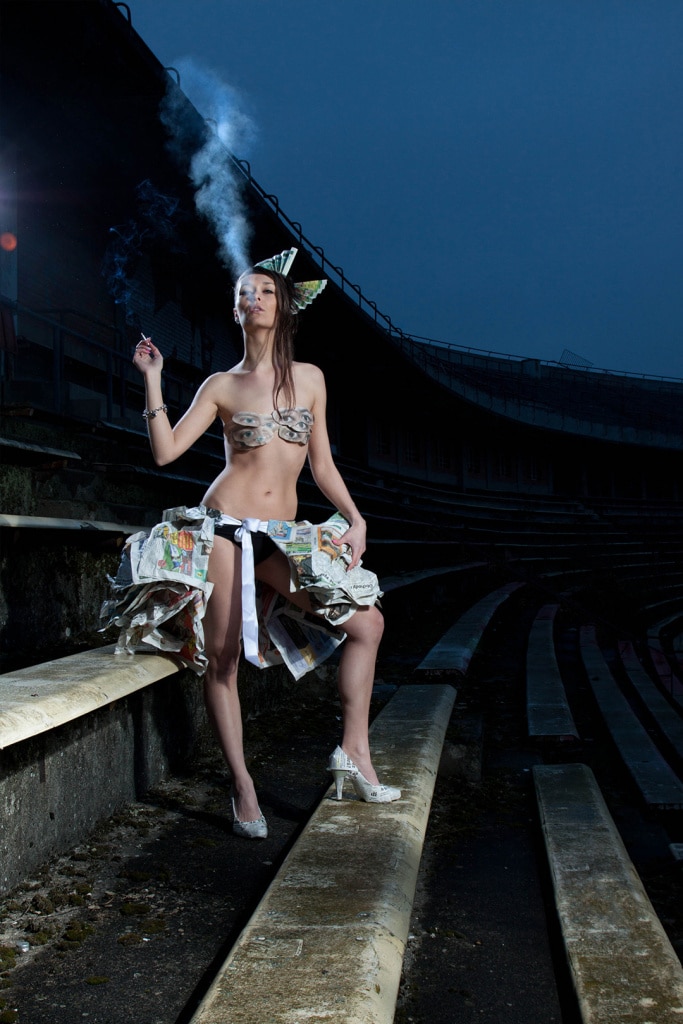
6. Make-Up
Just like with styling, make-up too can greatly impact the overall feel of a photo. I gladly use help from make-up artists to achieve the look that I want. You should meet up with your specialist before the shoot and explain to them what the final shot should look like. I’d recommend photographing a few test looks, because make-up can end up looking very different in pictures than in real life.
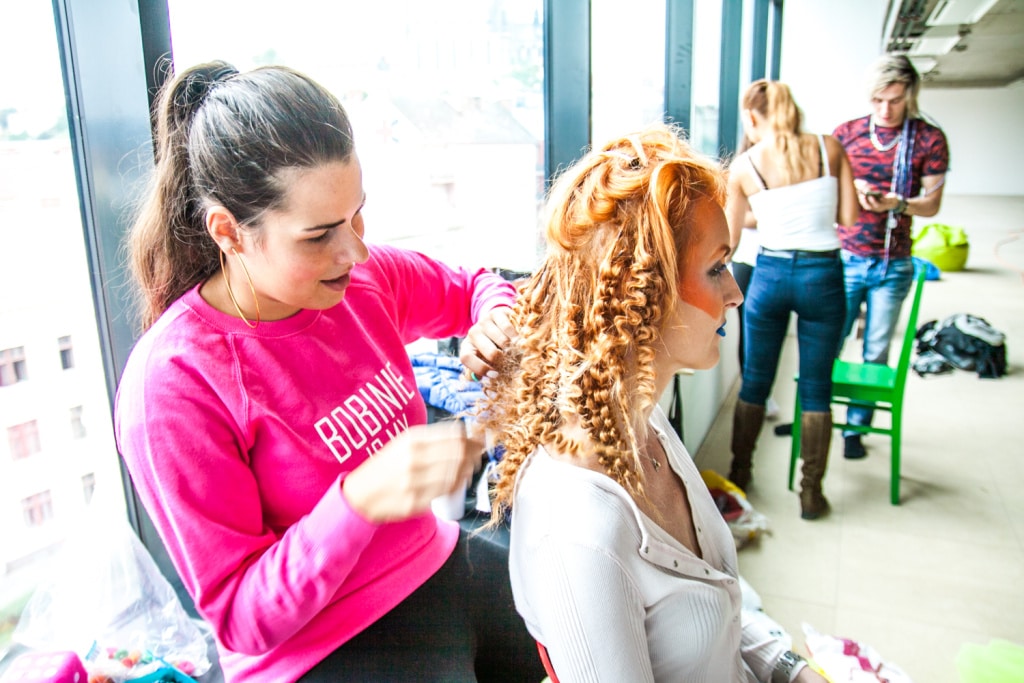
7. What Props Will You Be Using?
I assemble most of my props right on the set, since they’re usually quite large objects that would be hard to transport. That’s why it’s handy to have a team of people to help you out and speed everything up. It also helps to have backup copies of your props, in case something breaks on the way or on the set. If you want to use props that you can’t easily make yourself, you can try borrowing them from a costume rental shop, a theater, or an acquaintance.
Speaking of which: I would have been completely lost without my team when I was doing my COLOURS project! We made everything from scratch right on the spot—the books, the Rubik’s Cube, etc.… even the floor. If I’ve got you curious here, you can take a look behind the scenes. It’s an interesting look indeed!
8. When Will You Have Your Shoot?
Deciding on a shot date… now that’s a tough one. If you’re working with a large team, you have to arrange a date that will be convenient for all the models and everyone on the production team.
When you’re shooting outdoors, you should also keep in mind that you might face bad weather or not get the exact light that you want, so be sure to book an extra date or two just to be sure.
9. Keep Your Team Comfortable!
Big projects will take at least two hours. At least. My personal record was 12 hours. Which means you have to have some food, hot tea, coffee, and snacks around. It’s not just good manners, it’s good sense, because you want your crew members to be in a good mood. Believe me, even models appreciate a snack.
Speaking of which, you’ll need a home base at the site with all your refreshments and other essentials, like places to sit and blankets for the models to warm up between shots. Don’t forget a first aid kit in case of any injuries.
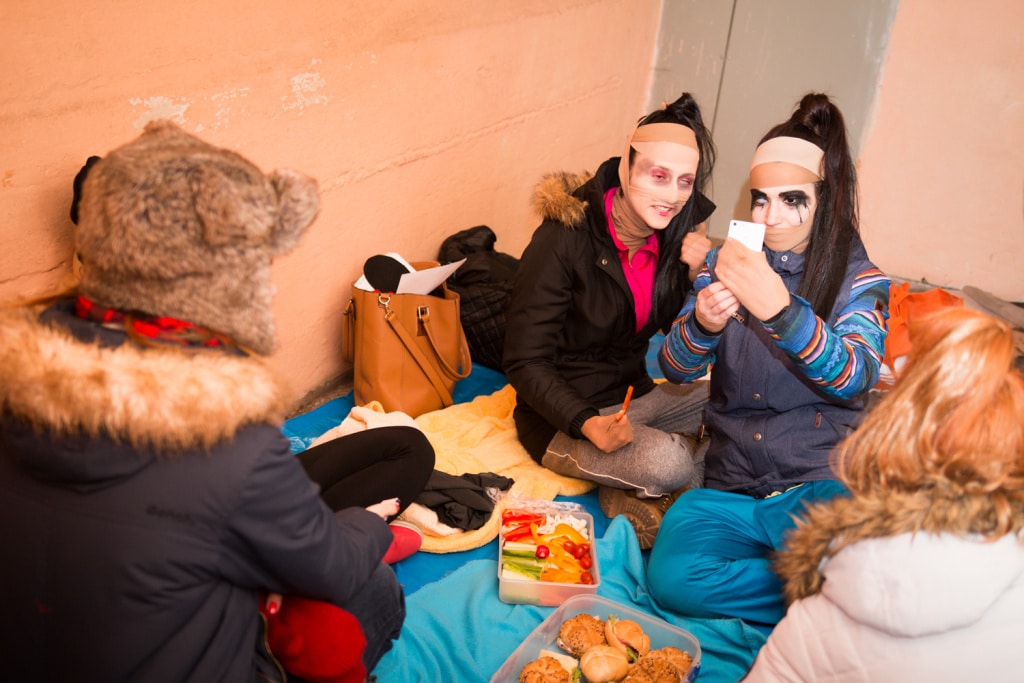
10. How Do You Want to Use the Photos When You’re Done?
As I wrote above, it’s important to have a backstage photographer (or cameraman) on your team to document the whole shoot. Their photos will help you a lot when you’re promoting the project. You can share them on the social web, or you can make a whole web page with the project—like I did.
On the social web, don’t forget to tag the people you worked with, since they’ll probably go on to share the photos as well, so you’ll get even more promotion. And it will also show everybody that you worked with a lot of great people.
Try Your Own Photo Project
Don’t be afraid to take on your own project. I’d recommend starting small, then slowly expanding your team. I wouldn’t rush into a project where with a production team full of strangers. Also, choose your assistants carefully. It will show in the end!
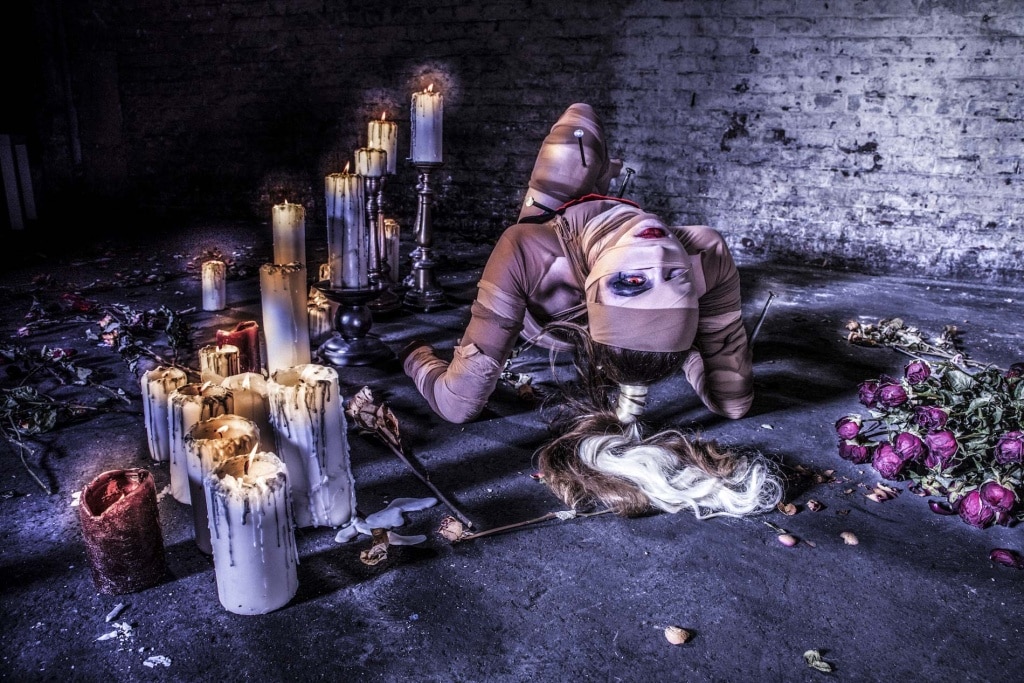
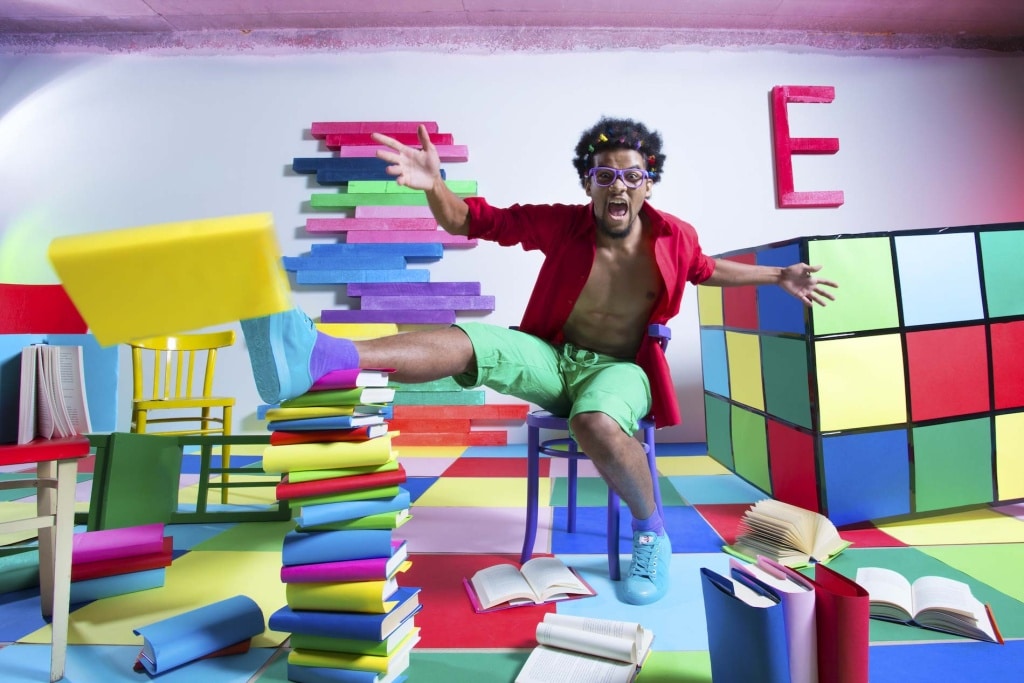

There are no comments yet.